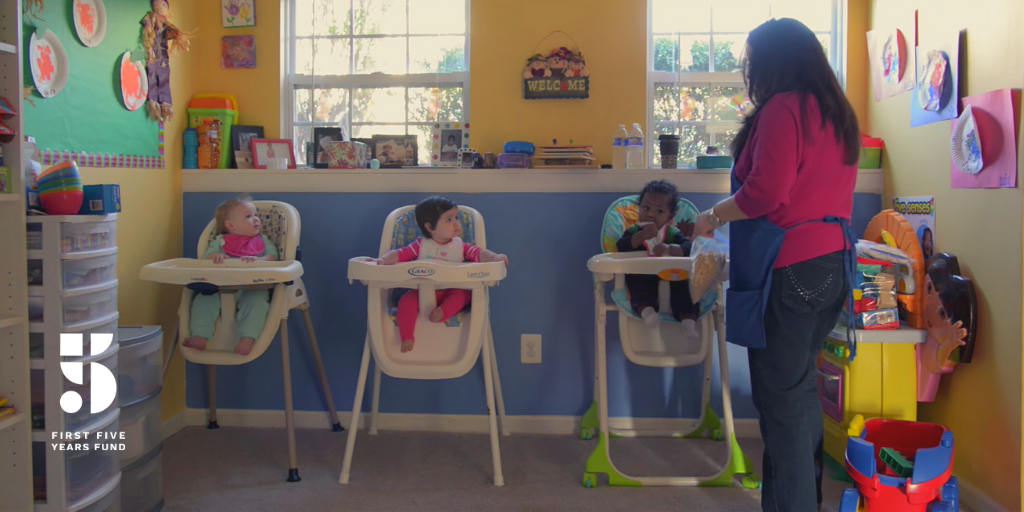Ahead Of Tax Day, Critical Child Care Tax Provision Needs Updating

Tax Day 2022 is Monday, April 18th, and while much attention has been paid to the vitally important Child Tax Credit (CTC) in recent years, there’s another critical provision of the tax code families rely on that Congress should also strengthen.
The Child and Dependent Care Tax Credit (CDCTC) is the only provision of the tax code specifically created to help parents offset work-related child care expenses. The CDCTC was created in 1976, then Congress approved a temporary increase to the credit in 2001. In 2012 a bipartisan majority voted to make that expansion permanent.
However, despite recent bipartisan efforts to strengthen it, the CDCTC has remained unchanged for the past two decades, even as the average annual price of child care in America has increased over 220% over the past three decades — exceeding the national inflation rate — with significant annual increases in more recent years. As it is currently written, the CDCTC cannot keep up with the skyrocketing cost of care.
- Under current law, CDCTC provides a non-refundable tax credit of 20-35% of the first $3,000 spent on care for one child and the first $6,000 on care for two or more children (the value of the credit decreases as income increases). A maximum credit of $2,100 (35% of $6,000 in expenses) is available to families with two or more children.
- Meanwhile, the average annual price of center-based child care for an infant in the United States in 2020 was over $12,300.
- Additionally, the credit is not currently refundable, meaning most low and some middle-income, taxpaying families are unable to take advantage of it.
- The Tax Policy Center found that nearly 40% of the credit’s value is claimed by families earning $100,000 or more, while almost no families in lower tax brackets were able to access the credit.
“The U.S has always used the tax code to help address real-world problems”, said FFYF Executive Director Sarah Rittling. “In the same way that tax credits are used to make retirement and higher education more accessible, the tax code should reflect that child care expenses are directly linked to a parent’s ability to work. Strengthening the Child and Dependent Care Tax Credit will help working families who are struggling with the rising cost of quality child care, benefiting the workforce of today – and tomorrow.”
The CDCTC was temporarily expanded under the American Rescue Plan (ARP) for one year, to become a fully refundable credit that provides families with a maximum credit of $8,000 (50% of $16,000 in expenses) for two or more children. Though parents will see the benefits in their 2021 tax returns, the critical expansion under ARP ended with the 2021 calendar year.
FFYF has recommendations for Congress to strengthen the CDCTC by expanding its value and making it fully refundable to ensure it reaches the families who would most benefit. In recent years, legislation has been introduced by Democrats and Republicans to address this, including the Child and Dependent Care Tax Credit Act introduced earlier this Congress, and the bipartisan PACE Act introduced in the 116th Congress.
As Alan D. Viard of the American Enterprise Institute wrote, “If workers are taxed on their wages, they should receive tax relief for the costs they incur to earn the wages, just as businesses deduct the costs of earning the income on which they pay tax. There can be little doubt that child care costs are tied to work.”
To understand the differences between the CTC and the CDCTC – and why we need both – click here.
Subscribe to FFYF First Look
Every morning, FFYF reports on the latest child care & early learning news from across the country. Subscribe and take 5 minutes to know what's happening in early childhood education.



